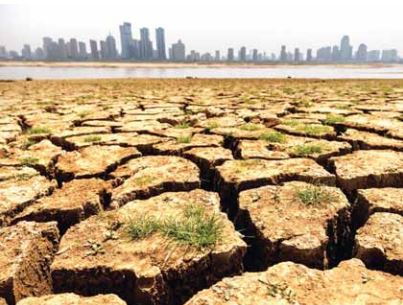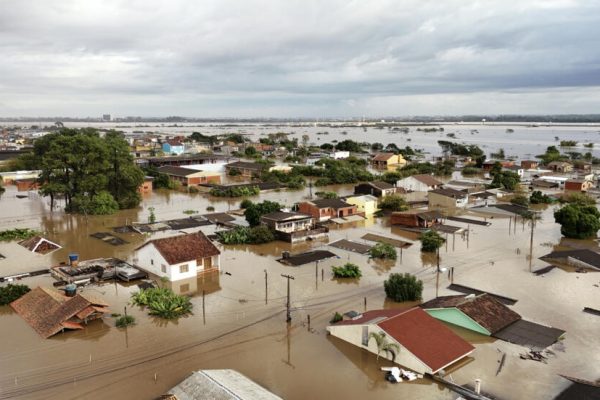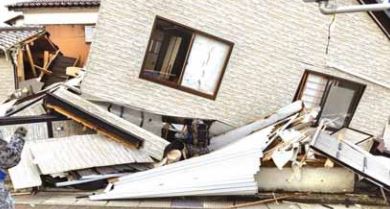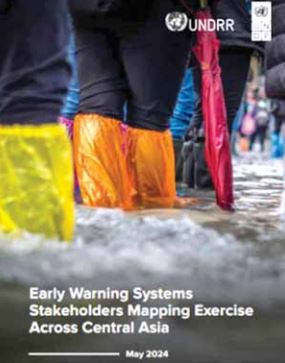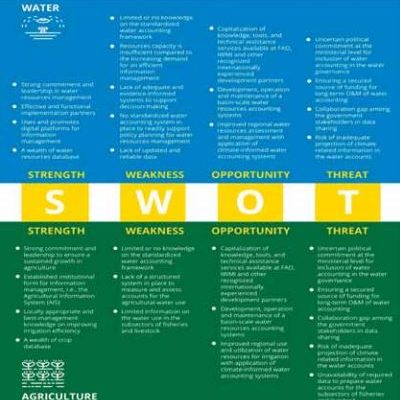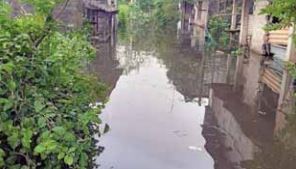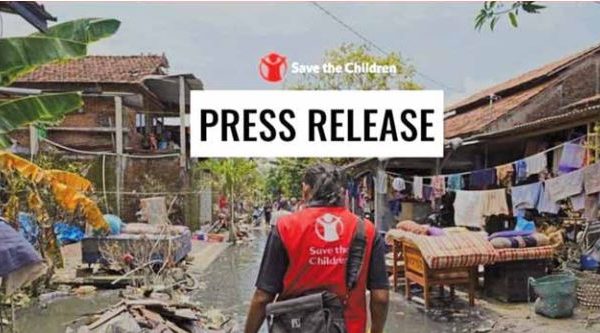
Message
India has world’s second largest road network. Road transportation is a critical component that fuel a country’s economy. I am glad to say that we are at that juncture where we have the ability and resources to build and deliver an efficient, sustainable, and safe infrastructure.The Union Ministry of Road Transport and Highways is committed…


